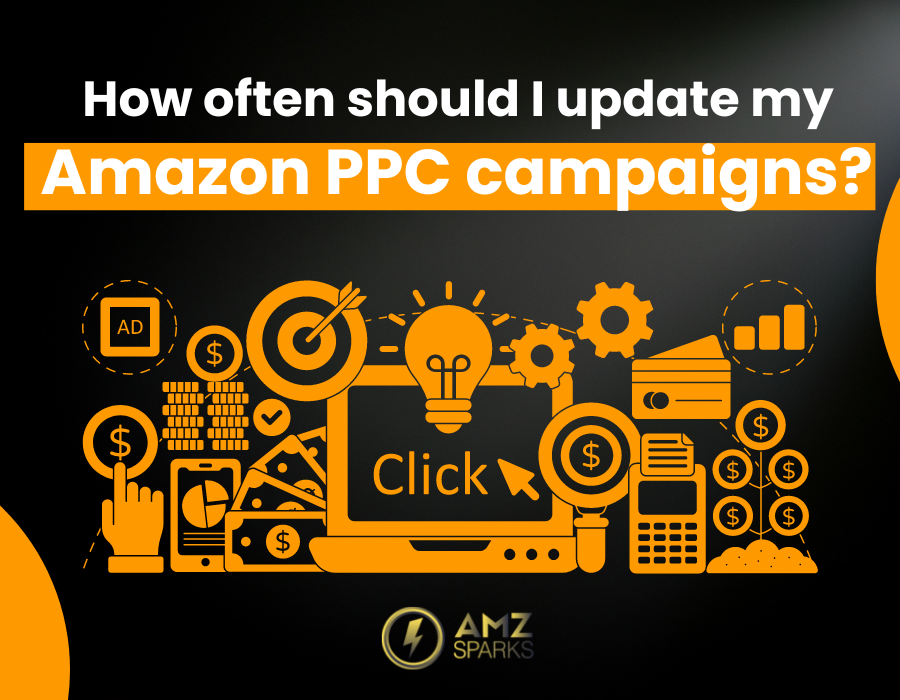From Clicks to Conversions: Amazon Split Testing Done Right in 2025
In case you are selling on Amazon in 2025, then you already understand that the platform has become more competitive […]
From Clicks to Conversions: Amazon Split Testing Done Right in 2025 Read More »








